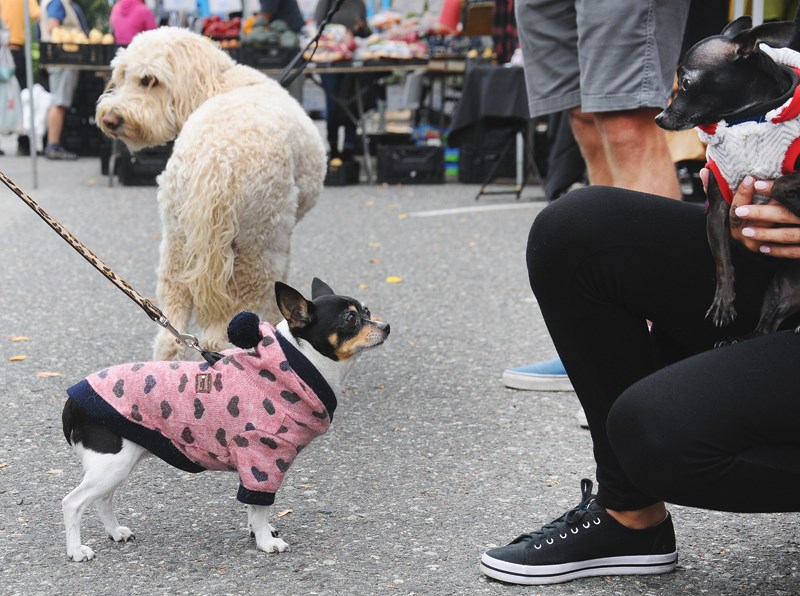When it comes to exercise, dogs don’t have the same hang-ups that us humans do.
They don’t need some guy yelling at them like a drill sergeant while they shove a tractor tire down a laneway. They don’t need musical motivation blasting in their ears. The only motivation a dog needs is the sound of their leash being picked up and they are at the front door faster than you can
say burpees.
Nope, dogs are not couch potatoes by design. Their four on the floor bodies are designed for ground covering ease.
But is there such a thing as too much exercise for dogs?
It depends on the dog. Some hunting, herding, and working dogs have been bred to toil tirelessly alongside their humans. Others, such as the toy or short-muzzled dogs, have not. But even those dogs need to get out for a walk to remain healthy.
In general, dogs need at least two 30-minute walks a day. The breeds or mix of breeds I mentioned earlier need more, much more than a couple of 30-minute walks a day. Those dogs could easily go for an all day hike, or join their person on a five-kilometre daily run.
Having a high energy dog can be challenging if the owner is not an outdoor enthusiast. And leaving those dogs in the yard to amuse themselves will lead to a dog who becomes a nuisance barker and destructive.
When you have an active dog, there is no such thing as a day off: every day is a workout day.
But it is equally important to teach these dogs how to turn off and relax. Dogs are normally really good at relaxing. They can fall asleep anywhere and, once properly exercised, are good at doing nothing. But since humans can’t seem to relax and turn off any longer, our dogs sometimes adopt a type of learned ADHD behaviour from us.
Teach your dog to chill and do nothing. Provide it with exercise, mental stimulation and time to just be. Then follow the same advice for yourself! There is nothing wrong with taking some time to do nothing.
Puppies should be exercised in moderation. When your puppy is still in that roly-poly clumsy stage, taking them for a two-hour hike is not recommended. However, a couple of 20 minute walks a day is fine. The walks should be more about setting a house training routine, learning how to walk with a leash, and socialization rather than training for a marathon or the Grouse Grind.
When a pup begins to lose that uncoordinated stature and their physique starts to resemble an adult, their exercise needs can increase – still, no high impact activities until at least one year of age.
Their bones are still growing and their growth plates still open. This means any hard impact on those bones and joints could damage them and lead to lifelong issues.
At around 18 months old most dogs have finished growing in height and can begin a more rigorous fitness routine.
If you are unsure of whether your dog is physically capable of joining you on a half day hike through Golden Ears Park, then make an appointment with your veterinarian to assess your dog’s fitness level.
Did you know that dog owners who walk their own dogs (instead of hiring a dog walker) walk an average of 300 minutes (5 hours) per week, whereas people without dogs (or pet owners who hire a dog walker) walk only about 168 minutes (2.8 hours)? If you are a Fitbit junkie that means an extra 3,000 steps each day.
Research published by BMC Public Health concluded that dog ownership was associated with a rather large and potentially health improving effect that included not just physical health but improved cognition, emotional stability, and longevity.
So when your dog is looking longingly at its leash and you are looking for motivation to get off your duff and exercise, remember that dogs help us live healthier, happier and longer lives.
Joan Klucha has been working with dogs for more than 15 years in obedience, tracking and behavioural rehabilitation. Contact her at k9kinship@gmail.com.



